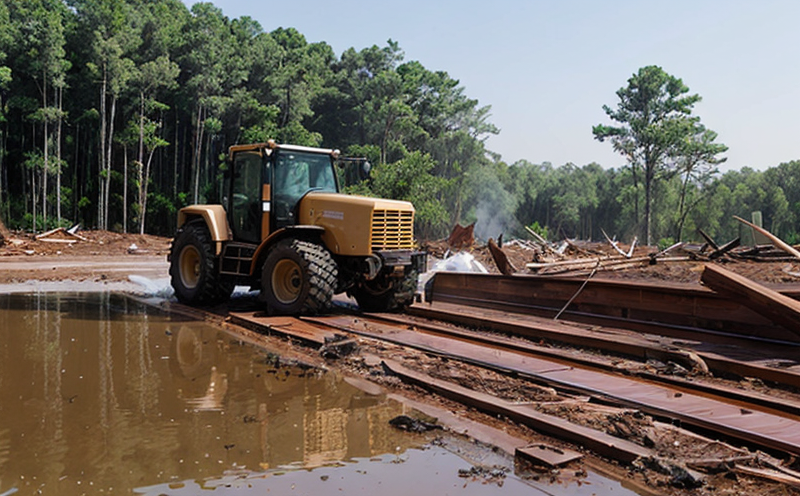ISO 4892 Artificial Weathering Testing of Luminaire Plastics
The ISO 4892 standard is one of the most recognized and widely used international standards for artificial weathering testing. This service focuses specifically on luminaire plastics, ensuring that lighting fixtures withstand environmental conditions such as ultraviolet (UV) radiation, heat, humidity, and more.
Lighting fixture manufacturers are increasingly focused on creating durable products that can perform reliably in various environments worldwide. Luminaire plastics must not only be aesthetically pleasing but also robust enough to endure harsh weather conditions without compromising performance or appearance.
The ISO 4892-1, -3, and -5 subparts cover different aspects of artificial weathering testing which are crucial for luminaire plastics. These include UV radiation (ISO 4892-1), heat aging (ISO 4892-3), and humidity conditioning with or without thermal cycling (ISO 4892-5). Understanding these parameters helps manufacturers design products that meet global standards and consumer expectations.
In the context of luminaire plastics, artificial weathering testing is essential for several reasons. It ensures product longevity by simulating real-world exposure to environmental factors such as sunlight, moisture, temperature fluctuations, and pollutants. This helps identify potential weaknesses in materials early in the development process so they can be addressed before going into production.
During testing according to ISO 4892, samples are exposed to controlled conditions that mimic natural weathering processes but at an accelerated rate. For instance, UV lamps and heat chambers replicate direct sunlight and higher temperatures faster than they occur naturally. By subjecting luminaire plastics to these simulated environments, we can assess how well the material holds up over time.
The testing procedure involves carefully preparing specimens from actual luminaire parts or representative samples cut from similar materials. Specimens are then placed into environmental chambers where they undergo rigorous cycles of ultraviolet radiation exposure followed by cooling periods designed to simulate outdoor conditions accurately.
After completing the prescribed number of cycles, the appearance and mechanical properties (such as tensile strength) of each specimen are evaluated before and after testing. Changes in color, texture, flexibility, or other visual characteristics indicate whether the material has degraded due to exposure.
This service plays a critical role in ensuring compliance with international regulations while enhancing product quality through rigorous evaluation processes. By adhering strictly to ISO 4892 guidelines, lighting fixture manufacturers can produce reliable products that meet both local and global standards for durability and performance.
For more information about this specific testing service or any other related inquiries, feel free to contact our team of experts who will be happy to assist you further.
Why It Matters
Luminaire plastics exposed to outdoor environments can degrade rapidly due to exposure to UV rays, moisture, and other elements. Proper testing ensures that these components maintain their integrity over long periods, which is crucial for the overall performance of lighting fixtures.
- Improves product reliability
- Promotes compliance with international standards
- Aids in early detection of material weaknesses
- Enhances consumer trust and satisfaction
- Saves costs associated with premature failures
Applied Standards
| Standard Number | Title | Description |
|---|---|---|
| ISO 4892-1 | Plastics - Guidelines for selection of environmental conditions for artificial weathering tests | This part provides guidelines on selecting appropriate test conditions, including UV radiation and temperature ranges. |
| ISO 4892-3 | Plastics - Determination of resistance to heat aging | This part specifies methods for determining the degree of discoloration, loss in mass, and change in mechanical properties after exposure to elevated temperatures. |
| ISO 4892-5 | Plastics - Determination of resistance to humidity conditioning with or without thermal cycling | This part describes procedures for exposing materials to humid conditions and optionally subjecting them to repeated heating and cooling cycles. |
Benefits
- Ensures compliance with international standards
- Improves product reliability and longevity
- Promotes early detection of material weaknesses
- Saves costs associated with premature failures
- Aids in meeting customer expectations for durability





